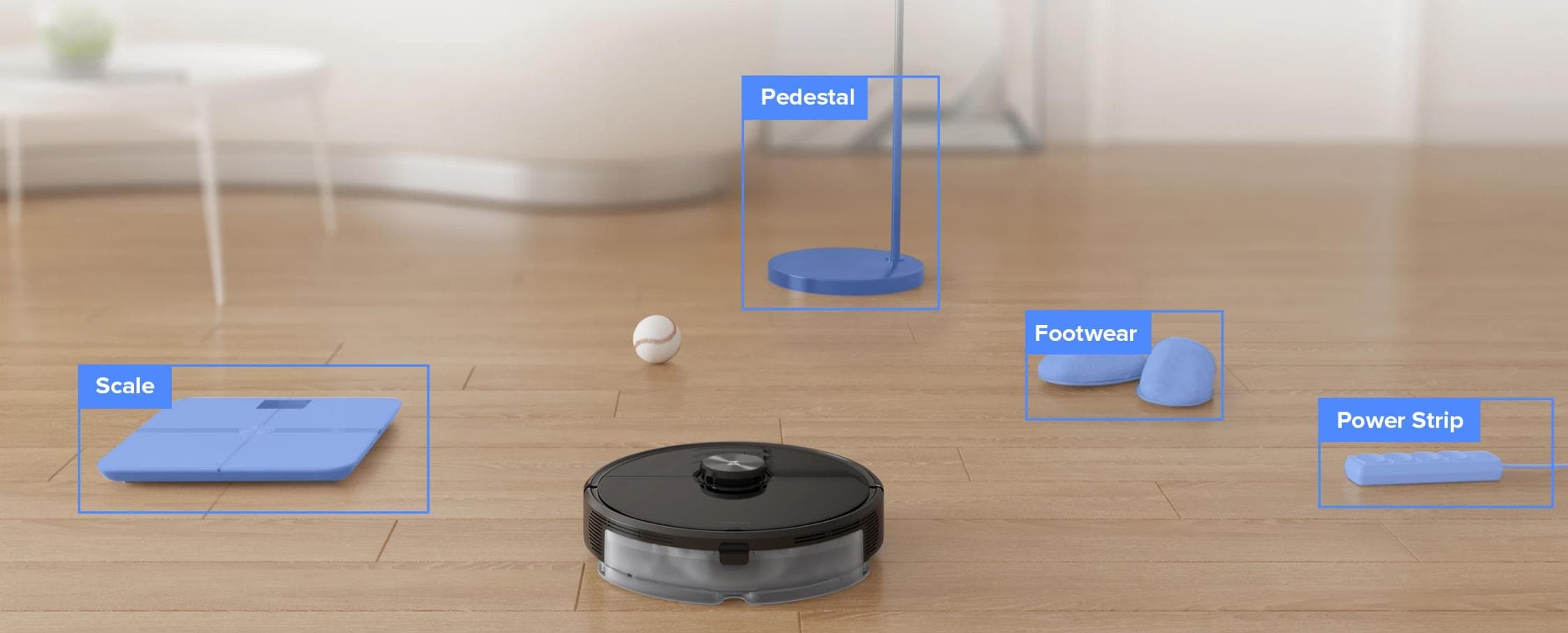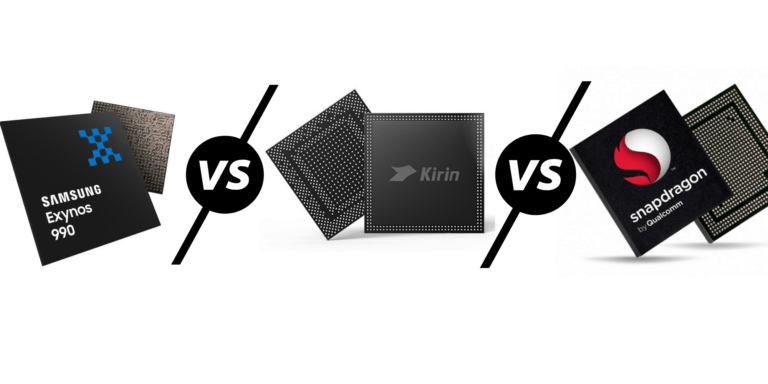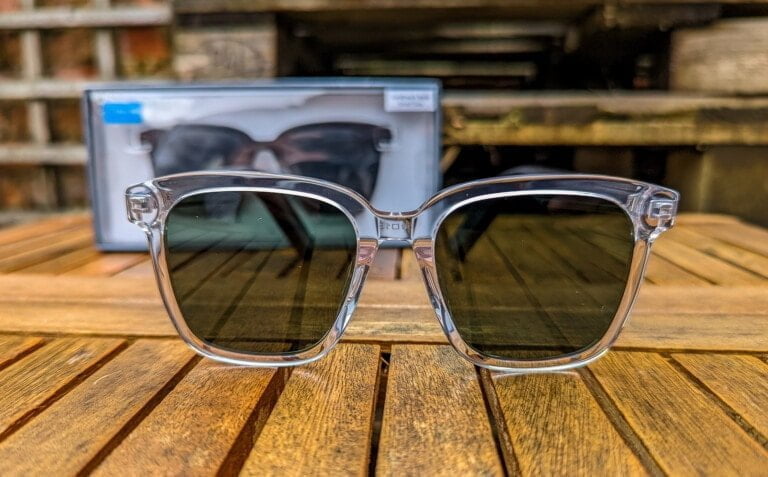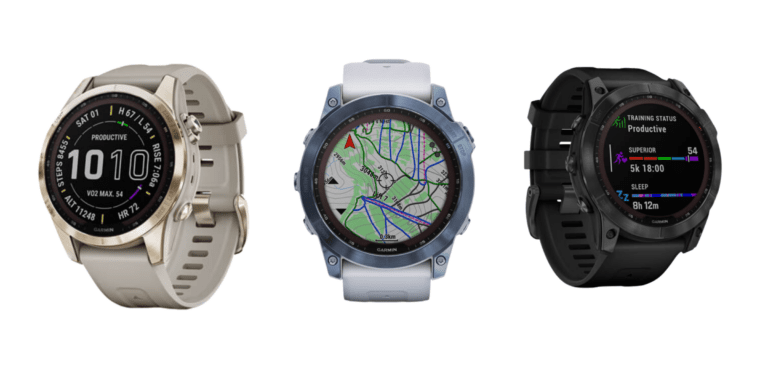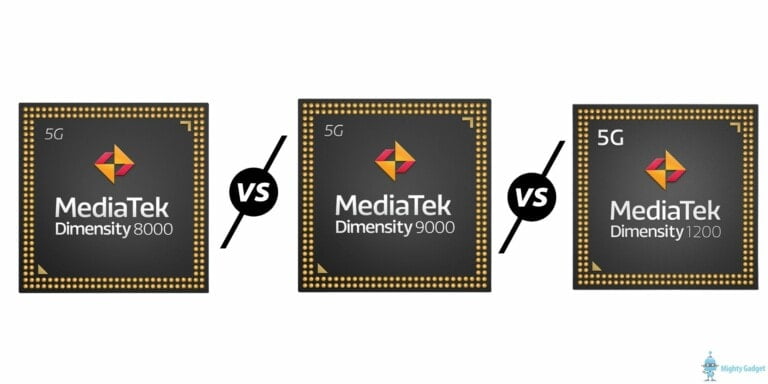Any links to online stores should be assumed to be affiliates. The company or PR agency provides all or most review samples. They have no control over my content, and I provide my honest opinion.
Robot Vacuum Mapping: How Does It Work?
For us parents, cleaning is a necessary chore, especially if you have kids in the house. A few years ago, I was looking for a vacuum cleaner to help me clean the floor regularly. Through extensive online research, I found out that some of them aren’t worth trying. Some models had horrible reviews because all they do is wander aimlessly and force you to do the cleaning yourself.
Fortunately, many enhancements have been done to robot vacuum cleaner over the last few years. Today, many high-end models are powered with advanced mapping technology that helps in cleaning the floor better and faster.

Have you asked yourself how a robot vacuum works? How does it chart its way around the floor? How does it recognize the walls and other objects? Why is it so smart in avoiding obstacles?
The answer to these questions is simple – it uses a mapping technology that scans the floor, recognizes what its boundaries are, and stores the information on its data bank. These processes make it easier for the robot to “remember” the floor map next time you use it.

It follows then that an efficient vacuum cleaner must have an excellent mapping capability. Some models with basic algorithms cannot adjust properly to the layout of your home. Those with high-end mapping software can quickly adapt to multiple floor plans.
If you are looking for a robot vacuum that can thoroughly clean the floor without lifting a finger, pick one with a superior mapping technology. While some of these models are expensive, you’ll be surprised that there are smart options at a variety of price.
Which Robot Vacuums Use Mapping?
Many robot cleaners in the market today have mapping technology, although this technology differs from one model to another. Typically, the machines with a better navigational system are more expensive than those which follow random cleaning patterns. Robots that are equipped with a better mapping system have an advanced sensor that is capable of creating an accurate map.

The different types of mapping technology include:
LaserSmartTM Navigation
LaserSmartTM Navigation is the latest mapping technology used by some models like Neato’s Botvac D5. As the name implies, devices that are equipped with this technology use a laser to scan the objects and create an accurate map of the floor. It sees the surrounding in all angles and works in the dark. It can run up to 4,500 square feet per cleaning cycle with utmost precision and care.
If you have a big house and you’re very meticulous about cleaning, a robot vac with laser navigation is the right fit for you. If there is one downside to it, most laser-equipped vacuum cleaners are more expensive than other models.

Lidar- Based Mapping
Most robot vacuum cleaners that use Lidar-based mapping have a “tower” on top of the machine. This tower rotates and scans the surrounding, allowing it to see all the objects from the floor to the wall. Since it can see all the objects from different angles, Lidar has a more precise navigational system compared to other models.

Camera-Based Mapping
This technology uses a camera or ToF sensor (time-of-flight sensor) to take shots of the surrounding and process the images to create a virtual map of the house. Although this technology provides accurate mapping, it doesn’t work in the dark. You might need to turn the lights on while the robot is cleaning so that it could “see” the floor and avoid obstacles.

Gyroscope-Based Mapping
Gyroscope plus accelerator can also be used to measure distances and scan objects. However, the orientation it creates is usually not as accurate as of the first three mapping technologies. Machines using gyroscopes might not properly clean the floor and would need your presence to guide it navigate the floor. These inconveniences could justify its lower price.
Combined sensors. Some machines use a combination of two or three mapping systems mentioned above.
To get a better understanding on how mapping technology works, you can view how a robot builds its map during cleaning.

Which Robot Vacuum Works for You?
The type of robot vacuum that works for you depends on the cleaning you need and the budget you have.
If you can afford it, choose a model that has an advanced mapping technology with automatic recharge and resume features. If this type is too expensive, pick a device with a lesser mapping technology but longer battery life so that it can finish cleaning in one session. This type of vacuum is ideal if you have a big house. As a point of reference, a 120-minute battery life can cover an area of 100-150 sq. meters for a deep cleaning mode.
For smaller homes, any devices with a decent mapping technology can do the job. Choose a machine that has over 5,200 mAH battery, which can last for 180 minutes in a low suction mode.
On average, a robot vacuum can clean one sq. meter per minute. From this, you can do the math to determine the required cleaning time for one room. Take note that some space is taken by furniture, so the cleaning area might be smaller than the actual floor size.
Aside from mapping and battery life, other consideration when choosing a robot vacuum includes:
Type of floor: What kind of floor do you have? A carpet, hardwood, laminate, concrete, or a combination of any of them? Check the user manual to find out if the robot vacuum works on your floor.
Pets: If you have fur babies, go for models with a deep suction mode.
Voice Control/ App Assistant: For total independence, look for a vacuum cleaner that can be controlled using Alexa or Google Assistant. Some of the latest models have a mobile app that you can use to control the device remotely.
With so many robot vacuums available in the market today, choosing the best device to clean your house can be very challenging. If you have a big budget, go for the model with superior mapping technology and a long battery life. These features help in cleaning your home in one cycle.
I am James, a UK-based tech enthusiast and the Editor and Owner of Mighty Gadget, which I’ve proudly run since 2007. Passionate about all things technology, my expertise spans from computers and networking to mobile, wearables, and smart home devices.
As a fitness fanatic who loves running and cycling, I also have a keen interest in fitness-related technology, and I take every opportunity to cover this niche on my blog. My diverse interests allow me to bring a unique perspective to tech blogging, merging lifestyle, fitness, and the latest tech trends.
In my academic pursuits, I earned a BSc in Information Systems Design from UCLAN, before advancing my learning with a Master’s Degree in Computing. This advanced study also included Cisco CCNA accreditation, further demonstrating my commitment to understanding and staying ahead of the technology curve.
I’m proud to share that Vuelio has consistently ranked Mighty Gadget as one of the top technology blogs in the UK. With my dedication to technology and drive to share my insights, I aim to continue providing my readers with engaging and informative content.

